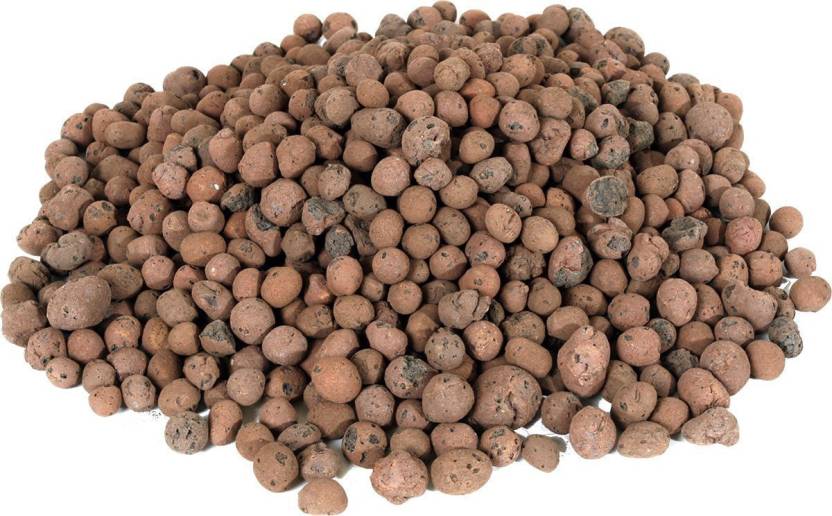

2019-03-04 06:12:09

Hydroton pebbles or clay is one of the most versatile growing mediums in the gardening world. In fact, hydroton balls are not at all rocks at all. Hydroton is actually an expanded clay product just like eca blocks.
These balls have gained popularity among the hydroponic gardeners, moreover, it can also be utilized by soil gardeners as well.
Hydroton is a hydroponic substrate that are about the size of marbles. They are light in weight and are easy to transplant and harvest.
However, these hydroton balls have many pros and cons which you can read below:
Larger aggregates like hydroton have much larger space between each pebble than perlite, sand, and other small particles. However, the biological surface area isn’t usually as high but the pore space is much higher.
This means that larger pore spaces have a better flow of solution through the media even when biofilms from algae and microbes cover the surface of the media. The water drains very effectively as the hydroton rarely becomes clogged or blocked. This makes it a great choice for ebb-and-flow systems and aquaponic media bed systems.
In the air holding capacity, hydroton cannot compete with perlite. But hydroton has some air holding capacity and when it is combined with great percolation then it is difficult for problematic anaerobic zones to occur.
Hydroton is not made from much clay and the clay used is abundant, so most people consider it an environmentally friendly medium to use. Hydroton uses less amount of materials compared to other media which uses a greater amount of earth’s supply.
Moreover, you can also use these hydroton balls to make lightweight concrete blocks which can be later used in construction.
Another great benefit of hydroton is that it can be used again and again. All you need to do is rinse any built up silt or organic matter from it before reusing it.
Easy to Plant and Harvest
Hydroton is a loose media which makes it easy to transplant and pull plants out of after harvesting.
Grow stones are great for growing plants but are not great for colonizing microbes. As you may already know that BSA provides habitat for the microbes which make nutrients from organic sources like fish feed available to plants. Less BSA means fewer microbes, this also means a less responsive and less stable system.
Clay pebbles don’t have good water holding capacity (WHC). It is the WHC what allows a substrate to stay moist even after being drained. Although low WHC means that corps can get dry if not watered often. Growers who transpiration rates and water-needy crops will need to figure out a way to keep the substrate moist.
Hydroton is very easy to worth with which makes it the first choice for many small growers. But on the other hand, it is expensive as well for the people who want to use them in very large quantity.
Hydroton floats in water at first till it’s been fully saturated, this means it can easily get sucked into filters or drain lines causing blockages.
Leave a Comment
Your comments added successfully.Thank You!